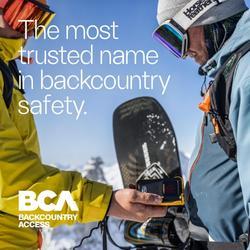Observation Date
1/15/2025
Observer Name
Meisenheimer / Kobernik
Region
Skyline » Spring City Canyon » South Fork
Location Name or Route
Spring City Canyon to South Fork to Skyline Drive to Black Canyon
Comments
Overall, snow-biking or sledding remains limited, as you can punch through the snowpack down into the dirt if you're not careful (I almost went over the handlebars three times on the descent when my ski dropped deep into the pack). The danger of avalanches is also decreases as time goes on. For today, we rode cautiously and conservatively. We did have to make one run and link some 8s. Nalli would be proud (a dear old friend).
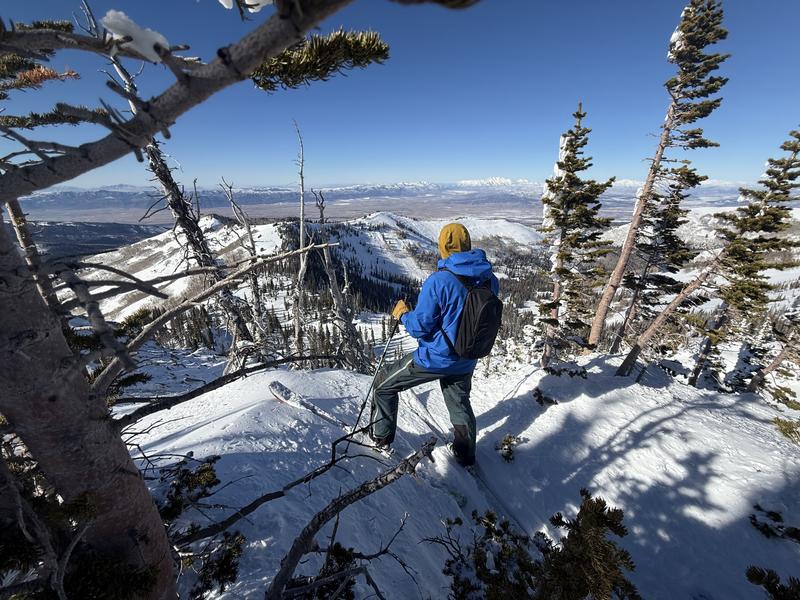
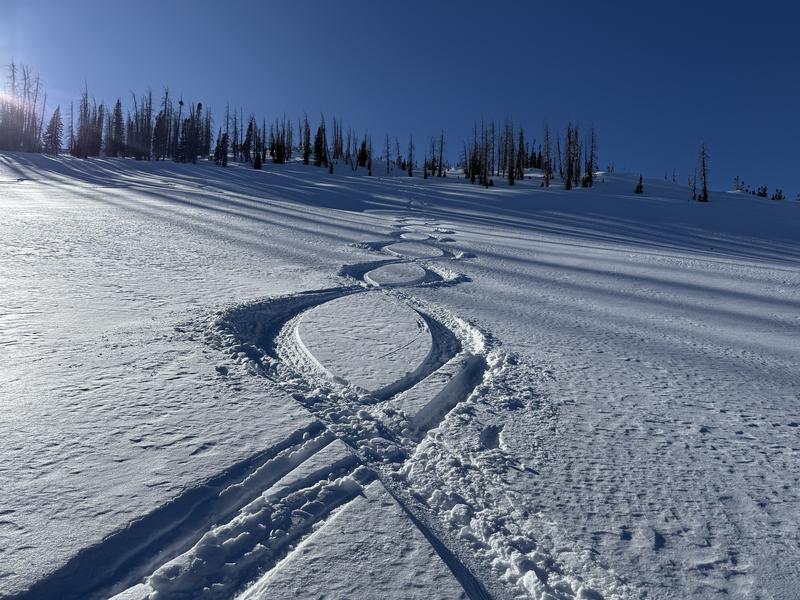
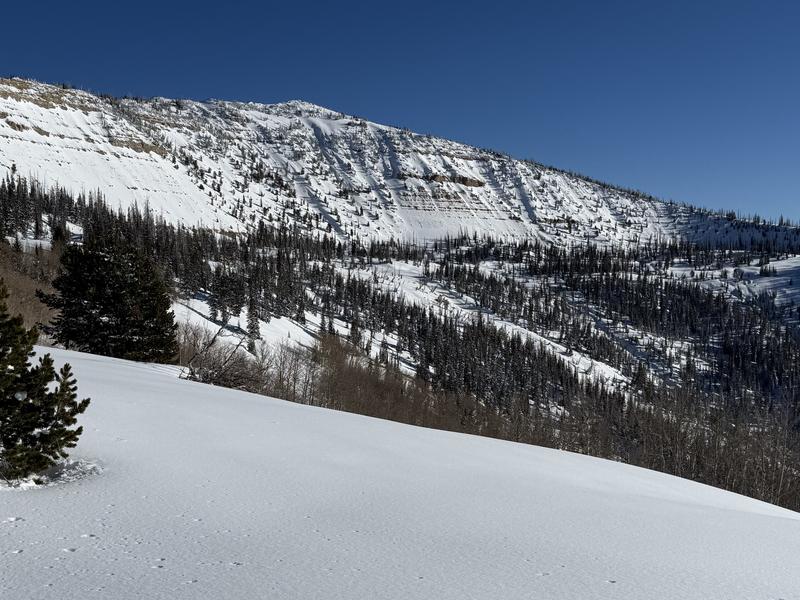

We started with a talk at Big Pine Sports and had a fantastic turnout. Thank you to everyone who came out. The biggest SHOUT OUT to Jared for hosting us and providing all the giveaways and the pizza. Thank you to the whole community for all the questions and comments. It was a blast to be a part of this.
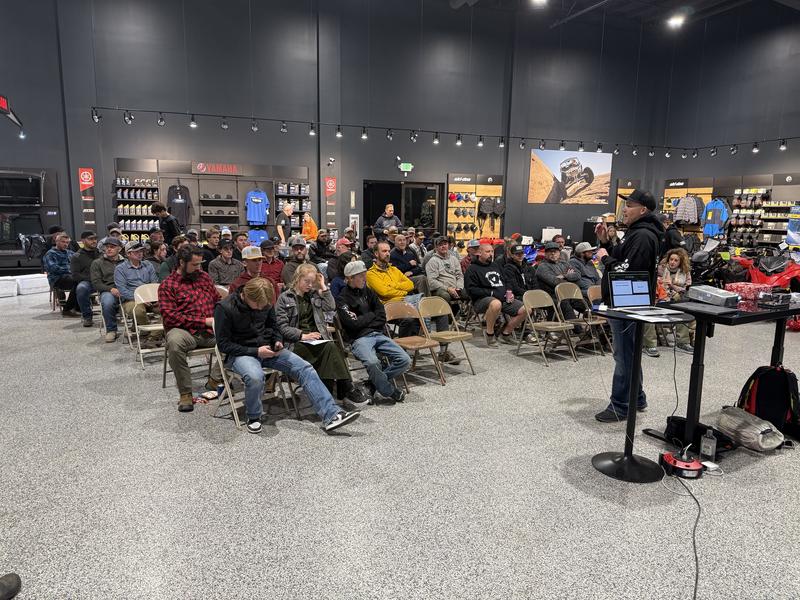
Today's Observed Danger Rating
Moderate
Tomorrows Estimated Danger Rating
Moderate
Coordinates



